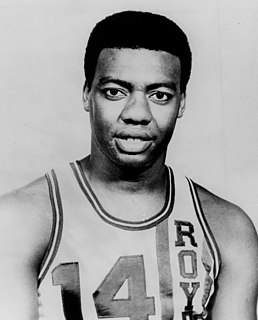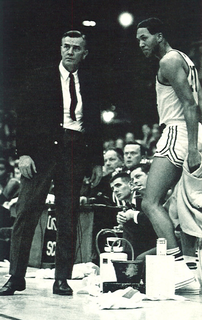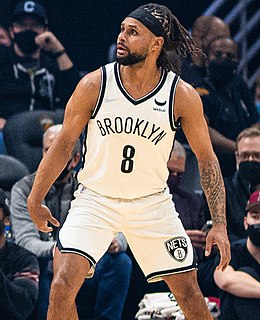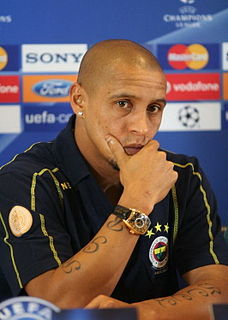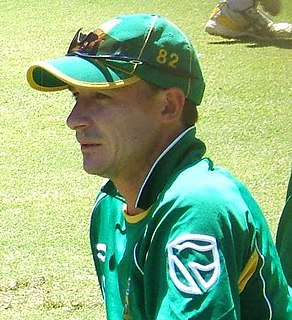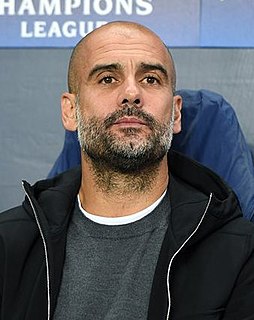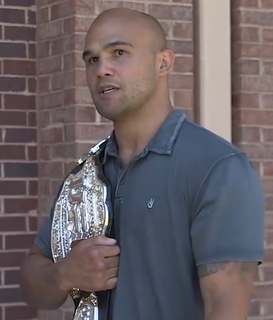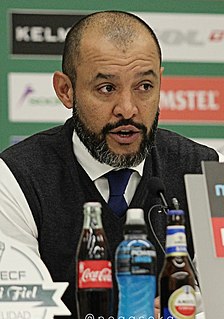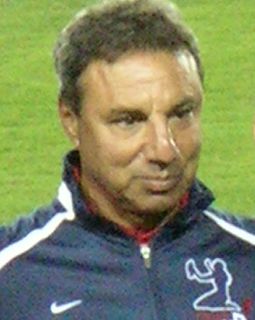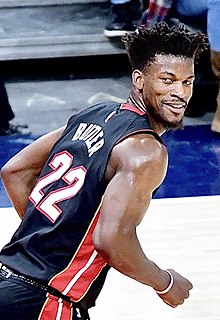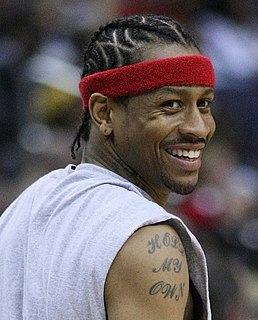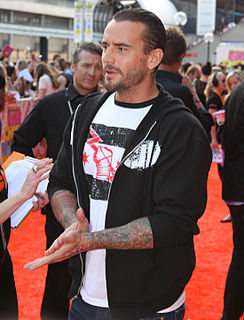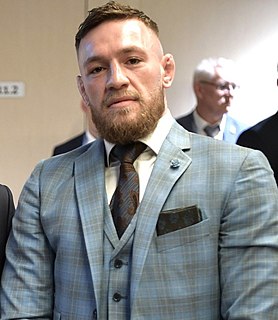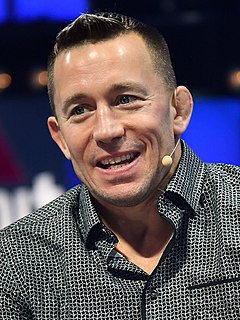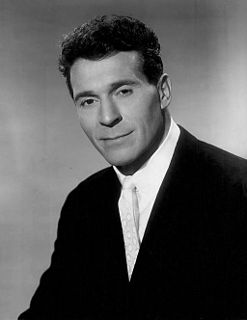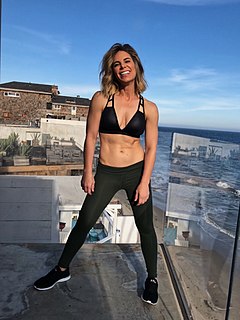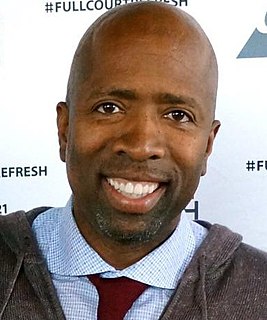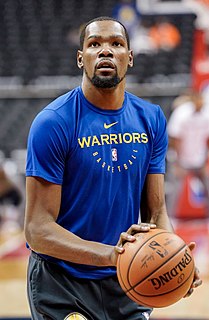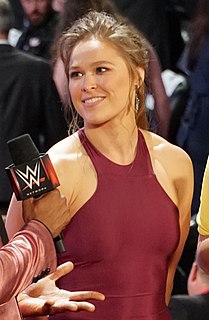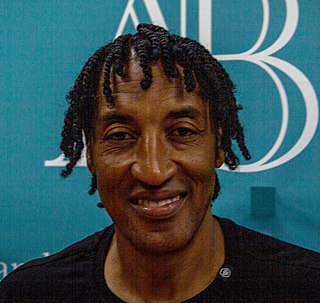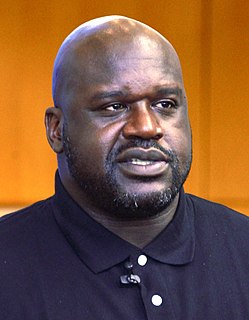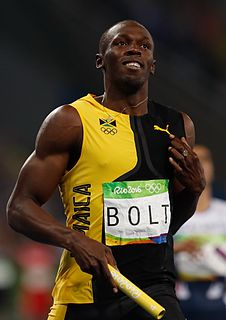A Quote by Oscar Robertson
College coaches want to power the ball inside, they want (their post players) to power the ball up, but no one can shoot from that 15-foot area anymore.
Related Quotes
I want to teach the post basic moves: turn and bank; drop-step and shoot a power layup; turn to the middle, pump-fake, one-bounce layup; and I want to teach five power moves. They are power layup straight up; pump-fake one bounce to the other side power layup; pogo when you catch it up high, keep it up high, and shoot it; and then the two-hand follow shot.
When covering the man with the ball, the defense should be able to touch the ball with his hand. He should assume this touching position as the ball is being received. When the ball is received, the defense should discourage the pass into the post area. The hands should be kept up. Keeping the hands up reduces a tendency to foul and allows a player to move his hands quickly.
From close range the free-kick is taken with inside of the foot. I will take a run-up of two or three steps and take the kick with the inside of the foot and the ball will travel in a straight line towards the goal. If it is a long-range free-kick, then I will use the outside of my foot. The ball will turn in the air and head towards the goal.
At a youth soccer game you'll probably hear parents and coaches on the sidelines yelling, 'Pass the ball! Pass the ball!' ... When we continually tell our young players to pass the ball, we're not allowing them to develop their full potential, especially those who have the ability to take their opponents on and beat them one-on-one. As a result, we run the risk of diminishing a player's artistry and potential.
